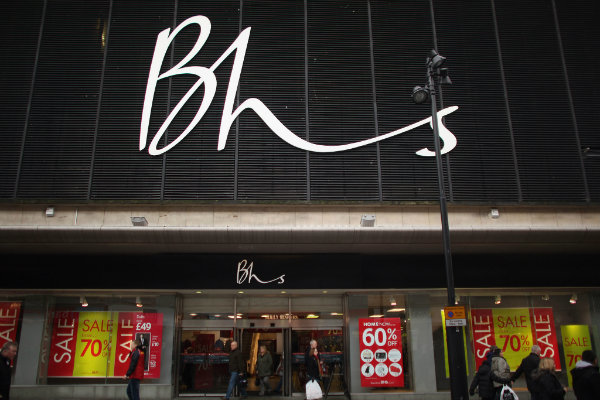UK retailers, like all businesses, are facing several years of uncertainty following the Brexit vote.
This uncertainty will not be alleviated until the terms of the UK‘s withdrawal from the European Union are defined and UK legislation is either modified or adopted to address any “holes” created by the withdrawal from the regulatory framework of the EU.
Unfortunately, uncertainty is especially challenging for an industry that relies on forecasts, trends and forward purchasing.
However, not everything is uncertain and the Brexit vote already has had an immediate (although hopefully not lasting) impact on retailers. Take the sterling–US dollar exchange rate: for retailers with outstanding purchase orders for goods from Asia or from the US and paying for those goods in US dollars, the margin impact is both certain and immediate, absent of favourable exchange rate hedging strategies.
For purchase orders not yet issued, it may be necessary to review those orders in light of the exchange rate fluctuation. In addition, contracts with suppliers should be reviewed for any minimum purchase requirements. Where minimum purchase requirements exist, retailers should consider whether there is an ability to renegotiate the requirement entirely or request a deferral or suspension of the requirement with a “catch-up” arrangement when the exchange rate returns to more normal levels (or levels consistent with when the agreement was negotiated).
Keep up to date with Retail Gazette by liking us on Facebook
On the other hand, exchange rate volatility is not without an upside. Foreign purchasers, especially the Chinese, are delighted by the fall in the value of sterling against the Chinese yuan. A surge of foreign tourists enjoying exchange rate-driven discounts at hotels and restaurants will also bring some good news to the retail high street. Products manufactured in the UK but sold abroad will also be more attractive so export numbers should improve.
Footfall numbers remain a significant challenge and put pressure on retailers‘ real estate portfolios. Pre-Brexit uncertainty had already contributed to the sharpest decline in May 2016 in high street footfall since February 2014 (according to numbers published by the British Retail Consortium and Springboard). Consumer confidence and shopper sentiment then fell after the Brexit vote at a pace not seen since the early 1990s. If UK consumers are closing their wallets and purses while they wait for clearer economic news, retailers need to consider their real estate portfolios. Key considerations will be likely outcomes of near-term rent reviews and the opportunities to exercise any break clauses. The long term movement towards ecommerce and away from the high street is also likely to continue, which should prompt retailers to evaluate their ecommerce programs, including the location and capacity of distribution centres and their logistics partnerships to ensure those resources are capable of meeting the very different demands of ecommerce.
Although it is essentially impossible to predict all of the future changes that Brexit might impose on the retail industry, there are some areas to watch and, in a few cases, some planning to be done even if we are not seeing an immediate impact.
The workforce of UK retailers is likely to be effected, even if EU citizens living and working in the UK are allowed to remain. If the UK insists on limiting its acceptance of the free movement of people, changes in the composition of the workforce are i
RELATED STORIES

















